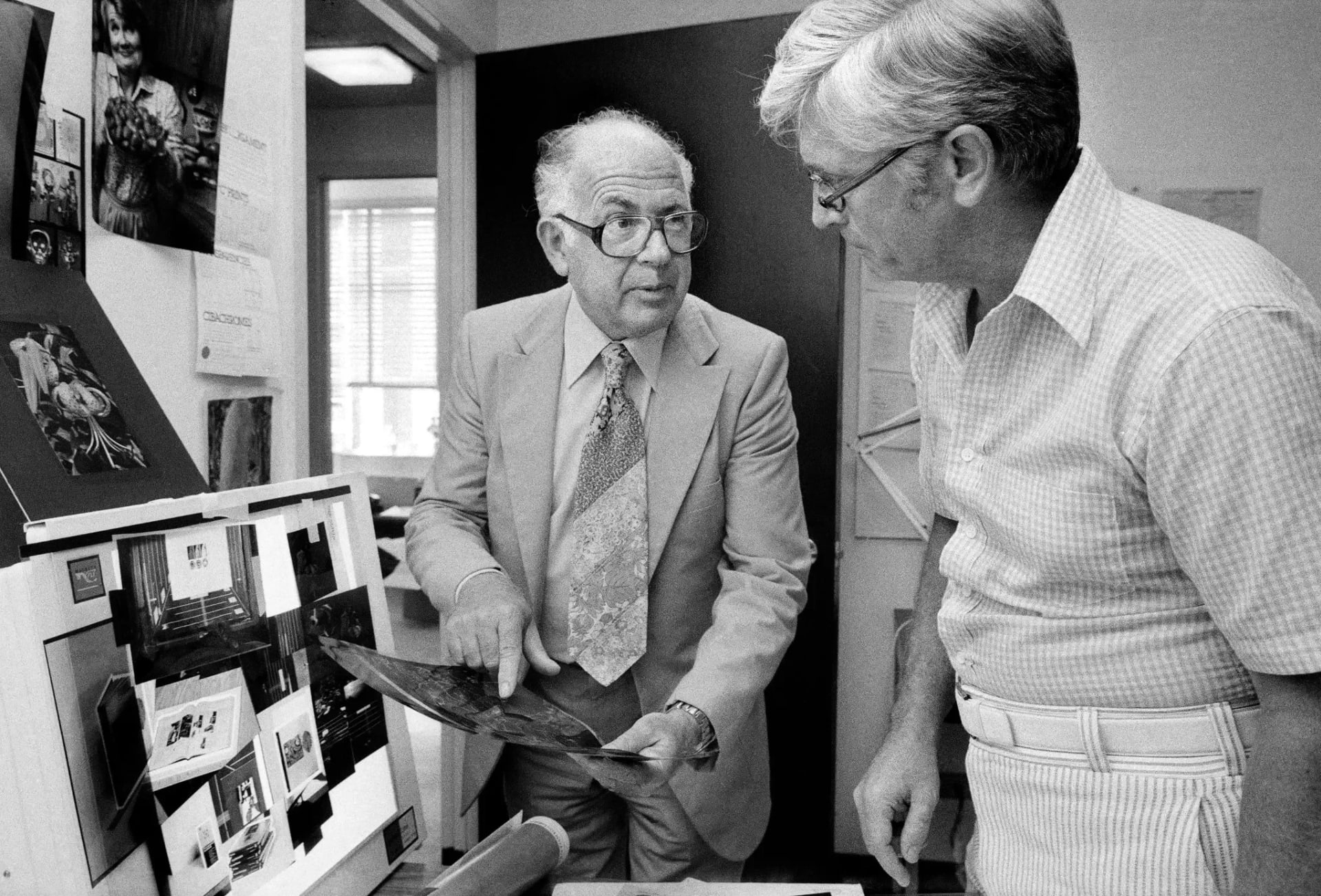A new year always carries with it the promise of new opportunities, resolutions, and growth. For us here at VML, this couldn’t be more applicable as 2024 brings the transition of two agencies to one.
Two industry greats; J. Walter Thompson and Lester Wunderman, may not be above our doors anymore, but remain integral to our heritage and values. This is particularly exciting for our CRM expertise as we bring the most innovative CRM capability in the industry to our clients under the VML banner. So, what better time to reflect on Lester Wunderman’s influence on modern-day CRM?
In many ways today’s CRM has transformed beyond recognition from Lester Wunderman’s heyday. The number of marketing touchpoints has increased ten-fold in the last decade alone. The explosion of new channels, data, marketing technology and automation has made customer journeys faster, more complex and more demanding, yet so much more personalised and powerful. In 2024, we are truly in a new era of connected customer experiences, increasingly influenced by AI and one in which CRM expertise will be invaluable.
Yet Lester Wunderman’s book Being Direct contains insights that, though it was published almost thirty years ago, seem more relevant than ever. So, while we work to navigate brands into the future, we also keep with us the evergreen wisdom of our founders. The channels and touchpoints have evolved of course, but the principles that underpin his work still ring true for customer communications today. Whether we’re targeting customers on their doorsteps, in their inboxes, on digital channels or elsewhere on what Lester Wunderman calls 'the library with the largest exposure in the world: the internet', his guidance is ever relevant.
So, allow us for a moment to dive into the archives and share with you Lester Wunderman’s ‘Nineteen Things All Successful Direct Marketing Companies Should Know’, essential advice that any CRM expert can draw from.
